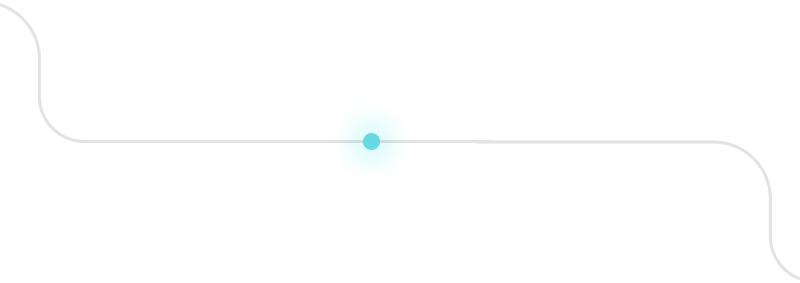By Esther Mathieu
I learned to ride a bike on the clay dirt of a baseball diamond in Queens, a few yards from an on-ramp to the Brooklyn-Queens Expressway. Always wary of traffic, I didn’t really begin biking until 2020, when my roommate and I ventured out of our apartment into the emptying city. COVID-wise, the subway and bus felt unjustifiably dangerous, and we had exhausted all the destinations easily reachable on foot. So we became bikers, going anywhere other than home.
We biked across Brooklyn to protests, to Stonewall for Pride, to Shirley Chisholm Park to see the grassy wetlands of Jamaica Bay. In this period of isolation, biking made me feel free.
Biking in NYC's Shirley Chisholm Park (Photo by Amanda Sarantos)
When I relocated for grad school to Salt Lake City, that bike-given freedom was essential to me. It was through biking that I started to learn the geography of my new home. Instead of public transit or car, I preferred to count only on myself to get around, independent and unconfined.
In September, just a month after I moved, I was two blocks from home on my way to class when a parked driver opened her door into the bike lane and I hit it, hard. I saw the door open, but could neither brake nor veer quickly enough to avoid it. I went down at an angle towards my left shoulder; I felt my helmeted head bounce off the asphalt. There were three distinct, frozen moments: the door as it opened, my body half suspended in the air, and the awareness of my body falling toward the ground.
Numbed by adrenaline, I accepted the effusive apologies and first aid kit of the driver, sat on the curb for a while, and eventually got back on my bike. Halfway through class, I looked at my swelling wrist and realized the extent of my injury. Student health confirmed a scaphoid fracture and a concussion, and my bike became the room decor it had been in pre-pandemic New York–green frame against the white wall, going nowhere.

I spent the semester in a brace, missing the ease and speed biking had given me. I missed being part of a pack of unaffiliated riders congregating at a red light, the output of my body translating into distance traveled.
It was spring by the time I was ready to bike again. Early on, my rides left me aching, frustrated, and unsteady. Distances I had covered easily before felt impassable now, the way they had when I began biking back in Brooklyn. Worse than the physical adjustment was the fear. I cringed at the sight of parked cars and veered closer to moving traffic, which I figured would at least see me coming.

Once I was back in something like shape, still struggling up Salt Lake City’s hills but relishing the coast down, I found myself more invested in my bike than before, defaulting to it more often. I was still afraid of falling, but as the fear settled in me it changed shape, not disappearing but dispersing. It became a tool for survival instead of an obstacle to exploration.
As I keep riding, I find that my bike brings me closer to people. I soar with a friend through darkening streets; I run into someone at a market and spend the whole ride home talking; I struggle uphill through dust alongside other bikers on gravel roads.

This summer, at Salt Lake City Pride, I decked my bike in flags and joined the parade on two wheels, coasting slow in first gear, welcome in a community I was just getting to know. Biking as a queer person is a particular freedom. To be queer often involves finding spaces restricted. To bike is to find those restrictions removed. I feel safe on a bike, despite the accident. On my bike, I am fast and anonymous, I can maneuver as necessary, I can go at my own pace. On my bike, I determine myself, and the city takes me as I am.
My motivation for recovery came down to something mostly straightforward: to bike again, I had to bike. If you’re trying to get back on the bike after an accident—or get back to any sport post-injury—what I would say is start slow and small. Don’t go far, and take longer than you think you need. Give yourself more care than you think you might deserve. Let the injury rest. When I biked too many days in a row, I made myself both sore and frustrated, ultimately setting back my progress. I had to let my body learn what it had gone through, and grow stronger for it.
Esther Mathieu is a writer and artist from Queens, New York, currently living in Salt Lake City, where they are pursuing a Master’s in Environmental Humanities.











